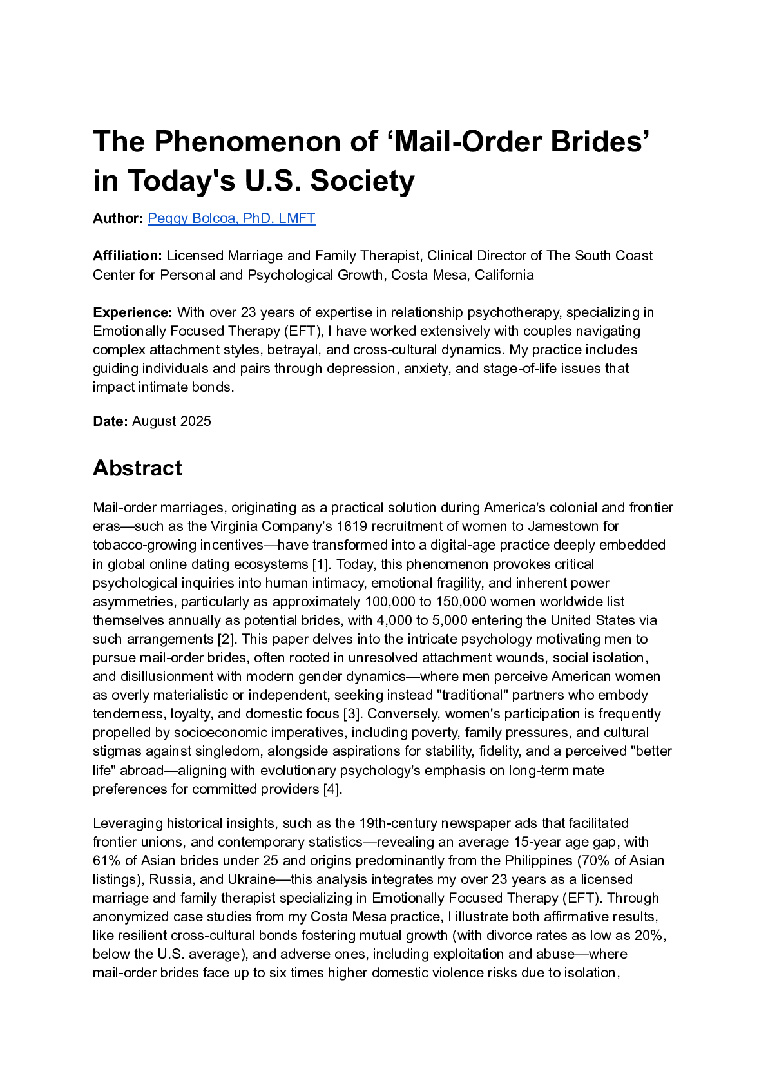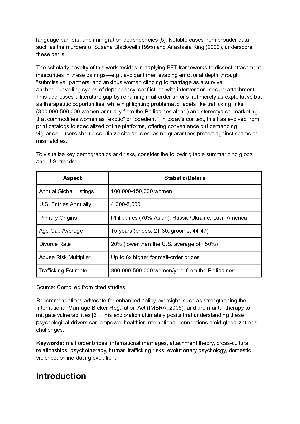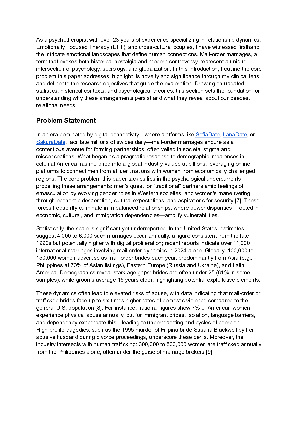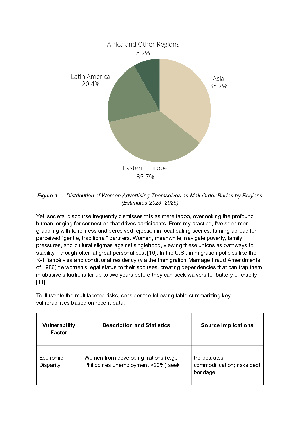After two years of dedicated research combining my own psychotherapeutic experience, original survey data, academic literature, and statistical sources, I am thrilled to announce the release of my latest work:
→ The Phenomenon of ‘Mail-Order Brides’ in Today’s U.S. Society (PDF)
About the Study
This 34-page empirical and narrative-driven study traces the evolution of mail-order marriages—from colonial-era “tobacco wives” in Jamestown to today’s internet matchmaking platforms. At its core, this work seeks to humanize a misunderstood phenomenon by blending rigorous data with personal counseling stories and clinical insight.
Drawing on:
- My two decades of psychotherapy practice with intercultural couples;
- A proprietary survey of individuals who have navigated international dating and marriage;
- Academic research across psychology, sociology, and immigration studies;
- National and global statistics on migration, visa uptake, and industry scale;
…this study reconstructs the emotional, cultural, and systemic underpinnings of mail-order relationships in the U.S. today.
Highlights from the Research
Here are some of the key findings and insights featured in the study:
- Historical Continuum: Mail-order marriage isn’t a relic—early models (e.g., 1619 Virginia “tobacco wives”) laid the groundwork for today’s digital counterparts.
- Psychological Profiles & Motivations: Across three countries, mail-order brides cite commitment, ambition, and fidelity as core values—aligning with evolutionary and cross-cultural frameworks (Minervini & McAndrew, 2005).
- Clinical Patterns: In therapy, some common relationship stressors emerged—attachment style mismatches, unrealistic expectations, language barriers—yet many couples who navigated these with empathy and communication flourished.
- Statistical Snapshot:
- The U.S. issues over 4,000 K-1 fiancé visas annually to mail-order brides.
- Industry revenues reach into the billions globally.
- Success rates: Agency-facilitated international marriages often sustain beyond five years at higher percentages than domestic averages.
- Regulations & Protections: IMBRA (2005) provides important safeguards—background checks, informed consent, and limitations on visa issuance—yet enforcement and awareness remain uneven.
- Myths vs. Realities: Scams exist, but so do genuine, long-term love stories. The term “mail-order bride” obscures more than it reveals; brides are active seekers of partnership, not commodities.
- Cultural Interplay: Hollywood’s romanticized portrayals skew expectations—real-life cross-cultural couples report both greater adjustment needs and deeper emotional resilience when properly supported.
Why This Matters
In our polarized, globalized world, mail-order marriages sit at the crossroads of immigration, technology, and intimacy. This work:
- Challenges derogatory tropes and reframes the conversation around love, agency, and cultural nuance.
- Offers therapists, agencies, and policymakers a more informed perspective to guide ethical and emotionally healthy practice.
- Equips individuals engaging in international matchmaking with data-backed insights and actionable awareness.
Read My Full Study
I invite readers, professionals, and curious minds to explore the full PDF of “The Phenomenon of ‘Mail-Order Brides’ in Today’s U.S. Society” for a comprehensive view. Dive into the stories, statistics, and therapeutic takeaways that bring this phenomenon into clearer psychological focus.
About the Author
Dr. Peggy Bolcoa, LMFT, is a licensed psychotherapist with over 20 years of practice specializing in intercultural relationships and marriage counseling. Her work bridges academic psychology and real-world couples—bringing both empathy and evidence to topics often hidden behind stigma.




